MedTech News
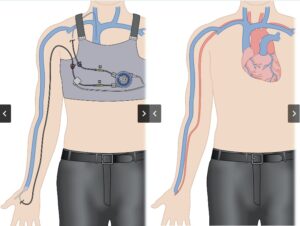
Amplifi Vascular Announces Successful First-in-Human Study Results, Closes $6.8M Series A, and Receives FDA IDE Approval
ST. LOUIS, Oct. 9, 2025 /PRNewswire/ — Amplifi Vascular, developer of the first-of-its-kind Vein Dilation System designed to increase eligibility, improve creation and early maturation of arteriovenous fistulas (AVFs) for hemodialysis, today announced three major milestones: positive first-in-human (FIH) study results, the close of a $6.9 million Series A financing, and U.S. Food and Drug Administration (FDA) approval of its Investigational Device Exemption (IDE).
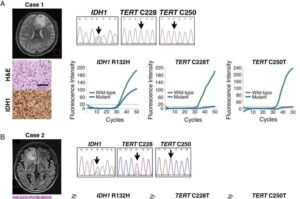
System can detect genetic mutations in brain tumors during surgery in just 25 minutes
A research team in Japan has developed an innovative system that can accurately detect genetic mutations in brain tumors within just 25 minutes. Genetic mutations are crucial markers for diagnosis of brain tumors.
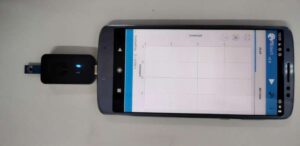
Portable sensor detects synthetic cannabinoids in e-cigarettes and biological fluids
Even though electronic cigarettes do not contain any illicit substances, the liquid can cause serious health problems. Often, the nicotine concentration in these products is several times higher than in conventional cigarettes, promoting rapid addiction.
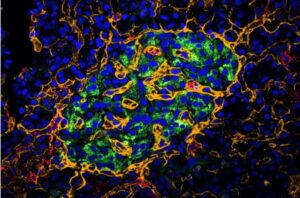
Specialized cell discovery could improve type 1 diabetes prevention and treatment
Type 1 diabetes is an autoimmune disease in which the immune system mistakenly attacks the cells that produce insulin—a critical hormone that regulates blood sugar in the body. Scientists at Scripps Research have discovered a new kind of cell that helps protect insulin production, paving the way to understanding how researchers could prevent or reverse type 1 diabetes.

Imaging technique reveals an ecosystem that determines how eggs mature and ovaries age
The ticking of the biological clock is especially loud in the ovaries—the organs that store and release a woman’s eggs. From age 25 to 40, a woman’s chance of conceiving each month decreases drastically.
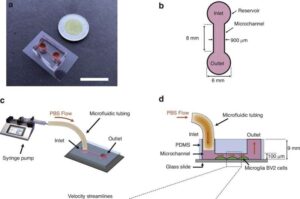
Portable device could help scientists track Alzheimer’s disease as it unfolds in real time
A team of researchers from Concordia University and McGill University has developed a “lab-on-a-chip” device that models how Alzheimer’s disease advances in the brain.
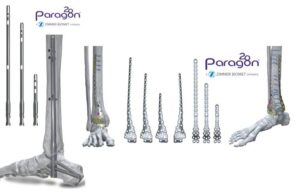
Zimmer Biomet launches foot, ankle trauma systems
Zimmer Biomet (NYSE: ZBH)+
announced that it launched two new solutions for complex foot and ankle trauma.
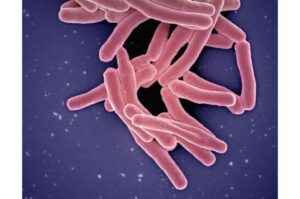
New method may detect infectious tuberculosis in the air
Researchers at Karolinska Institutet, in collaboration with colleagues in South Africa, have investigated whether tuberculosis can be traced in exhaled air. The results, published in Open Forum Infectious Diseases, show that a new method may help identify people with infectious tuberculosis directly in primary care.
